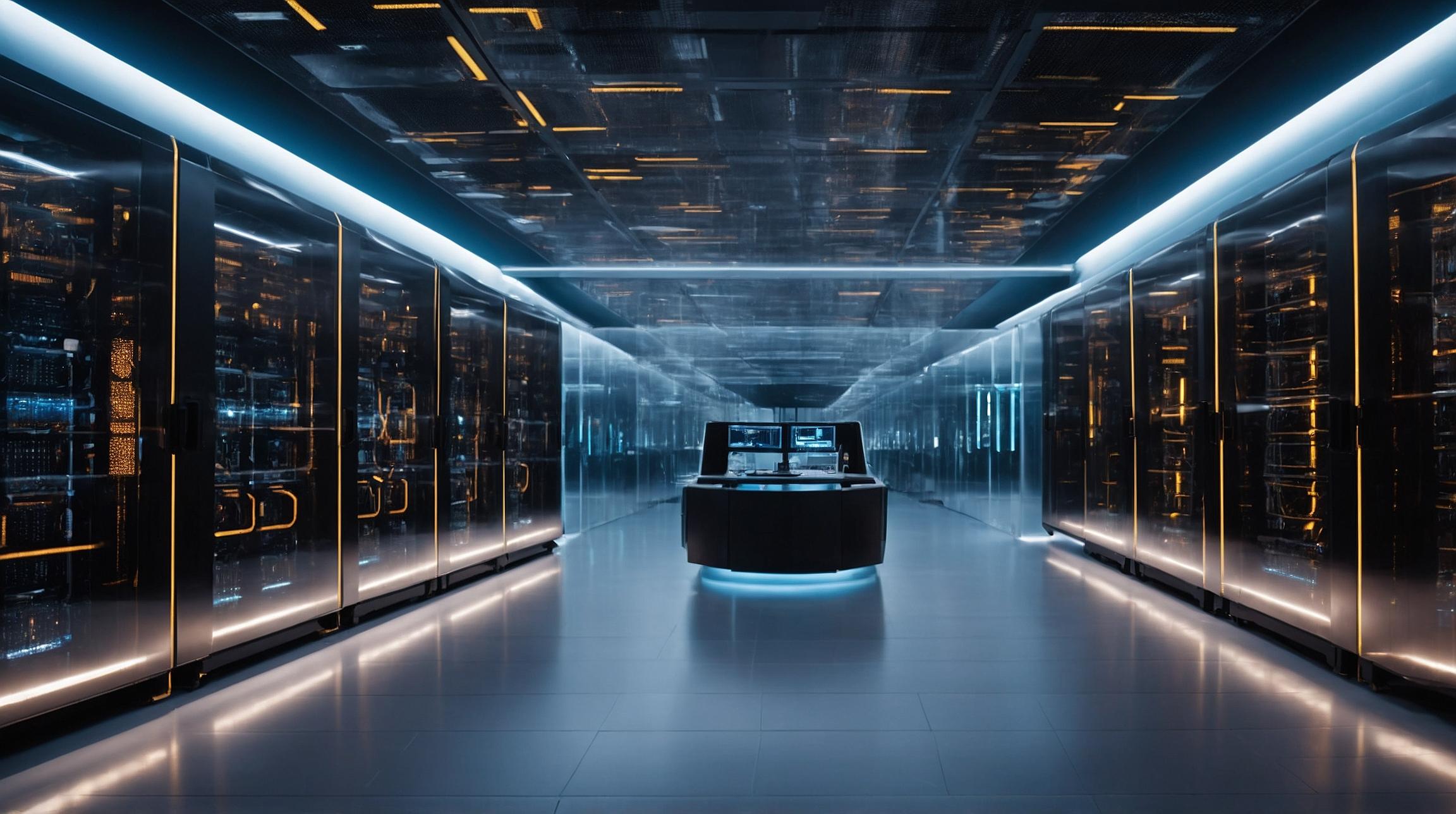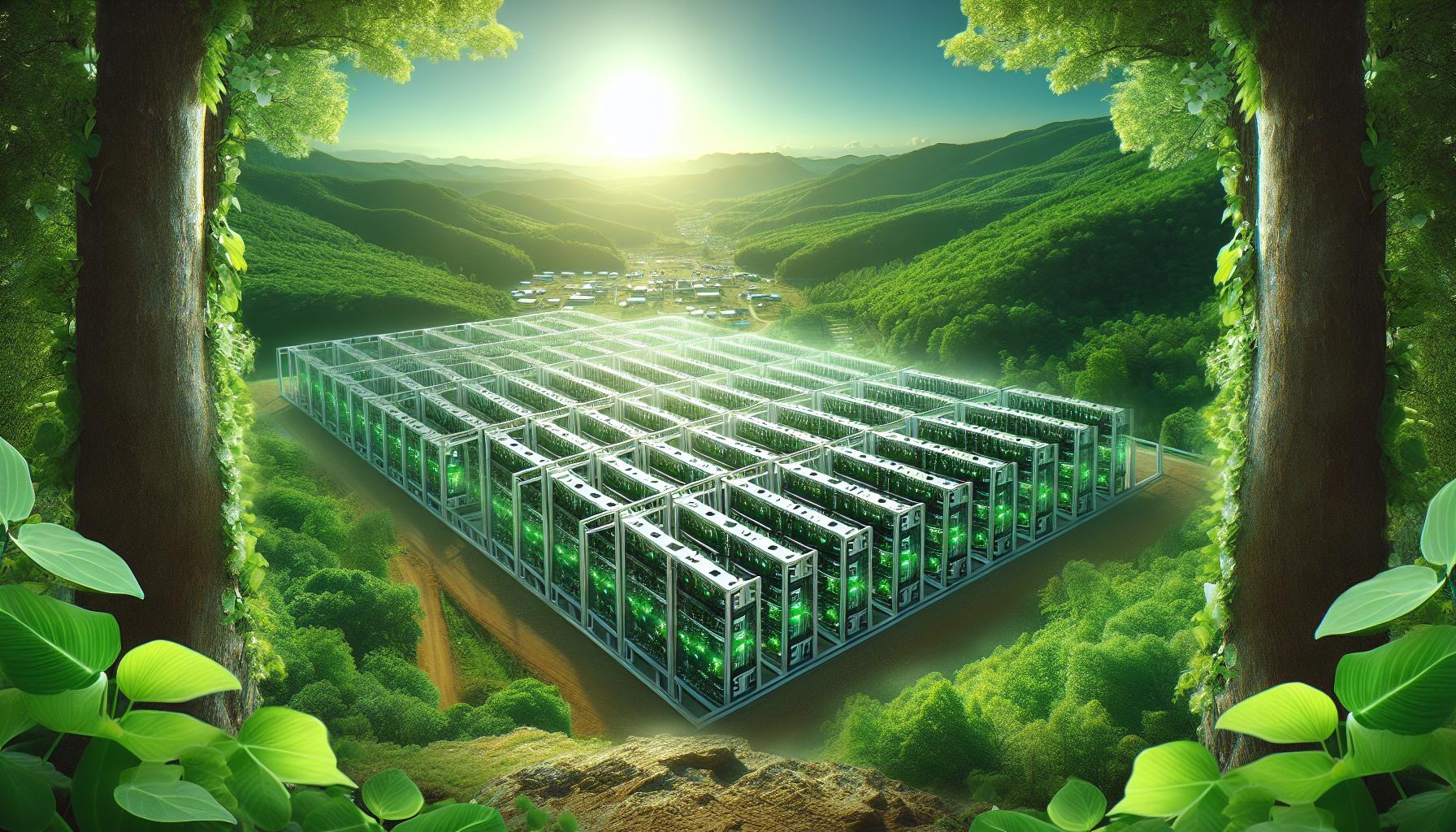Beyond AI: Building Toward Artificial Consciousness – Part I
The Hardware Requirements for Artificial Consciousness
As the race to deploy artificial intelligence (AI) intensifies across businesses, organizations are now exploring how to achieve artificial consciousness. This ambitious goal demands extraordinary hardware and software capabilities. While the required systems are being built, it will take time to understand what they need and even longer before they can be put to use. This article is the first in a series of three that outline the parameters for artificial consciousness.
The hardware requirements include massive amounts of compute, control, and storage. Though these categories aren't new, the levels of performance required are. While companies have some experience with compute, control, and storage needs for Software-as-a-Service (SaaS) applications in a mobile-first and cloud-first world, scaling these for AI environments, and eventually systems capable of delivering artificial consciousness, is a different challenge.
It All Starts with Compute Capacity
The first requirement for artificial consciousness is compute capacity. This is much more intensive than regular AI or even Generative AI due to the massive amount of data needed to enable systems to fully learn and reason.
Advanced Computing Infrastructure
Higher processing power is achieved by using a compute fabric made up of sophisticated server clusters. This method combines advanced hardware to deliver unparalleled processing power and efficiency.
What is a Compute Pod?
At the center of this cluster-based infrastructure is the concept of a “pod”, designed to maximize computing density and thermal efficiency. Each pod consists of:
- 16 racks, each housing eight water-cooled servers.
- 2TB of DDR5 registered DIMM ECC system memory per server for rapid data access.
- Direct water cooling paired with a rear door heat exchanger to capture waste heat.
These state-of-the-art servers can be customized with the latest GPUs or AI processors, providing the massive parallel computing power needed for artificial consciousness.
Efficient Cooling Systems
Each 16-rack pod also includes a coolant distribution unit designed to manage the thermal dynamics of high-density computing environments. This ensures the high-powered hardware operates within safe temperatures, offering high performance and reliability while also being energy-efficient.
By reducing overall cooling power requirements, each pod is not only powerful but also environmentally conscious.
Laying the Foundation for Artificial Consciousness
The journey to build artificial consciousness is ambitious. Meeting the groundbreaking algorithms' needs introduces new hardware infrastructure requirements, starting with compute power. Once a company scales its processing power, it must also scale its control and storage hardware to activate the advanced software stacks and strategic services that will operationalize artificial consciousness.
What’s Next?
The next article in this series will explore how to build capacity for higher control and storage hardware requirements.
Stay tuned for more!













